
Some days, it seems like everything’s cuter in Japan. After all, this is the country where some construction crews feel if they have to shut down part of the street, the best barricades are the ones shaped like a procession of purple and pink kimono-wearing princesses.
There’s an exception to this rule, though, and it’s mermaids. In the West, they’re portrayed as enchanting beauties of the deep. In Japan, though, they were traditionally treated like yokai, ghostly monsters, as this collection of Japanese mermaid paintings has a few that would be better stars for horror movies than kid-friendly animated musicals.
Japan had extremely limited contact with the rest of the world until the late 1800s, meaning that it’s tales of ningyo developed separately from European legends of mermaids. In fact, ningyo literally translates as “fish people,” and some paintings show the creatures looking a lot more like the former than the latter, like this 18th century example from woodblock artist Toriyama Sekien.
Other artists went with a slightly more even ratio between human and fish parts, while adding other flourishes such as horns.
▼ That’s a lot of hair to shampoo without any arms.
Unlike mermaids with their treasure-filled castles beneath the waves, ningyo weren’t generally held to have much in the way of a civilization. Perhaps because of the animal-like form they were sometimes said to have, rumors spread about eating ningyo, which was said to bless the diner with extreme longevity or even immortality.
That doesn’t mean every fisherman was doing his best to catch a tasty ningyo, though. Because of their status as monsters, encountering a ningyo was thought by many to be an ill omen of dark days to come. This fearsome image continually crept into paintings of the creatures up through the end of Japan’s feudal era.
▼ Gwah!
▼ Double gwah!!
Time marches on, though, and eventually the people of Japan realized the oceans weren’t teeming with the sort of beasts shown directly above. The woodblock prints of Utagawa Toyokuni, who was active around the turn of the 19th century, at least show ningyo with attractive faces, even if they still have the bodies of gigantic fish.
Finally, Kasho Takabatake was born in 1888, well after Japan’s period of enforced isolation ended, would depict mermaids as they’re known in Western art: with the torso and hips of a beautiful woman blending into a fish’s tail.
With most of today’s youth more interested in Disney films than Japanese folktales, it’s unlikely that mermaids will revert back to their former position as objects of terror. Still, with Halloween coming up, should you find yourself walking down a shadowy back alley, where you’re drawn into a mysterious sushi restaurant you never noticed before, we’d recommend passing on the ningyo.
Source: Japaaan
Top image: Wikia/Crara (edited by RocketNews24)
Insert images: Blogzine, Exblog, Cocolog Nifty, Crara, Seesaa

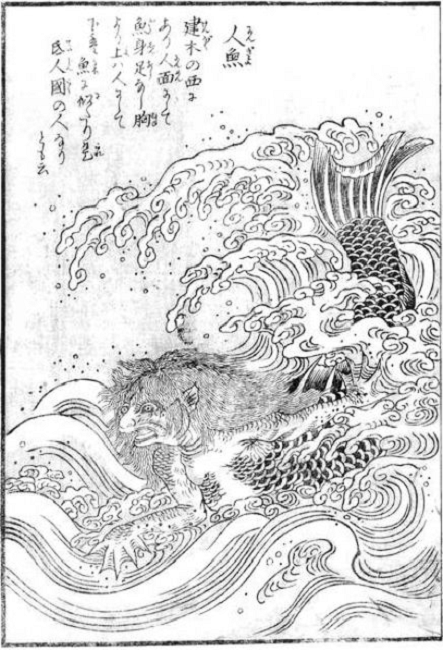
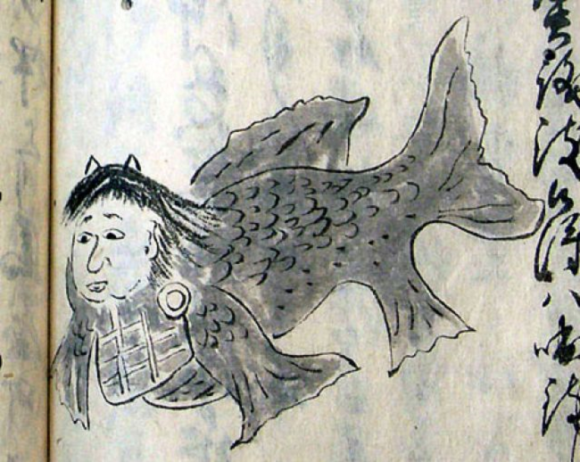
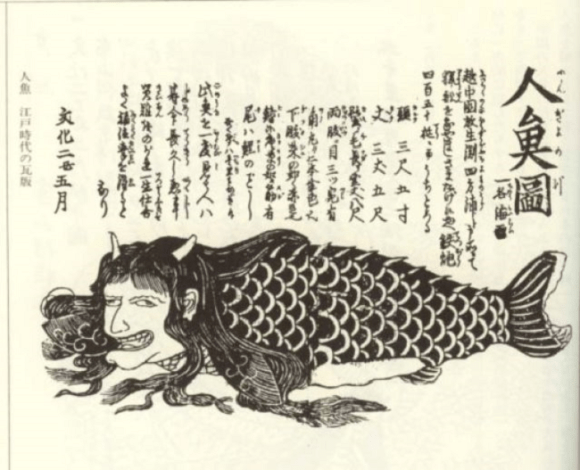
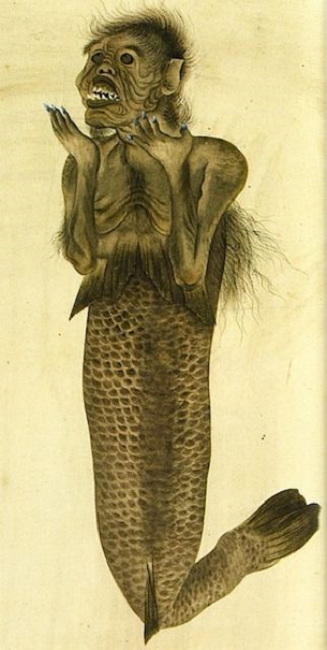
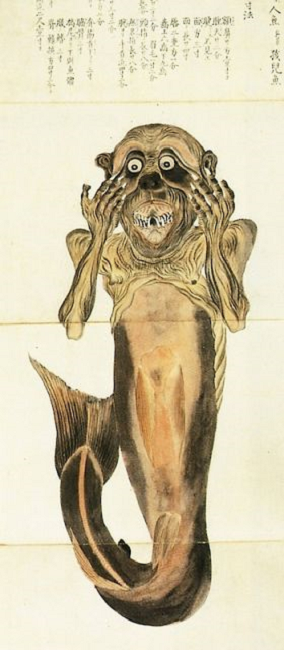

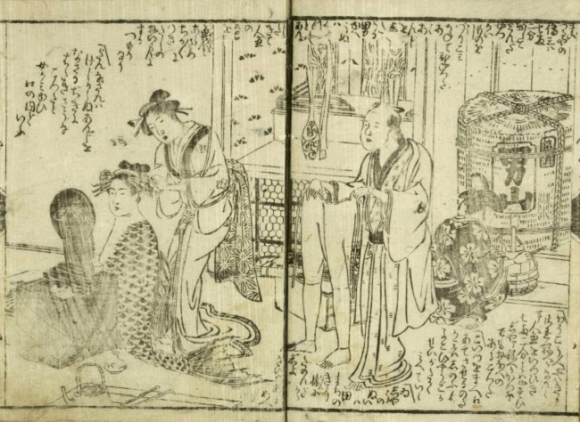
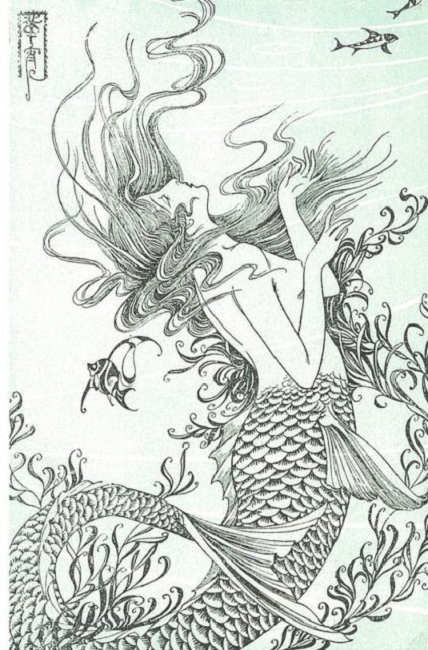

 Japan has cornered the market on weird but cute – a look back into history【Photos】
Japan has cornered the market on weird but cute – a look back into history【Photos】 Tokyo’s beautiful new license plates are based on one of Japan’s most famous woodblock paintings
Tokyo’s beautiful new license plates are based on one of Japan’s most famous woodblock paintings Japan’s hoya is a straight-up edible video game monster, and here’s how to prepare/eat it【Photos】
Japan’s hoya is a straight-up edible video game monster, and here’s how to prepare/eat it【Photos】 Starbucks Japan ready to get Year of the Horse started with adorable drinkware and plushies【Pics】
Starbucks Japan ready to get Year of the Horse started with adorable drinkware and plushies【Pics】 7 great places to see Mt. Fuji from without having to climb it
7 great places to see Mt. Fuji from without having to climb it Secret staff cafeteria in Tokyo is a hidden gem you won’t find in travel guides
Secret staff cafeteria in Tokyo is a hidden gem you won’t find in travel guides This is possibly the coziest train in all Japan thanks to onboard hot spring footbaths【Pics】
This is possibly the coziest train in all Japan thanks to onboard hot spring footbaths【Pics】 Gangnam Style Parody “Gaijin Style” Hits the Web With Mixed Reviews
Gangnam Style Parody “Gaijin Style” Hits the Web With Mixed Reviews The beautiful models and awesome booths of Tokyo Game Show 2018【Photos】
The beautiful models and awesome booths of Tokyo Game Show 2018【Photos】 New Japanese menstrual product seeks to help women spot unidentified iron deficiencies
New Japanese menstrual product seeks to help women spot unidentified iron deficiencies Real-world Nausicaa Ghibli anime glider completes its final flight in Japan【Video】
Real-world Nausicaa Ghibli anime glider completes its final flight in Japan【Video】 Japan’s otoshidama tradition of giving kids money at New Year’s gets a social welfare upgrade
Japan’s otoshidama tradition of giving kids money at New Year’s gets a social welfare upgrade Japan’s last two pandas leaving for China next month, Ueno Zoo announces final day for twins
Japan’s last two pandas leaving for China next month, Ueno Zoo announces final day for twins Disillusionment at Tsukiji’s tourist-target prices led us to a great ramen restaurant in Tokyo
Disillusionment at Tsukiji’s tourist-target prices led us to a great ramen restaurant in Tokyo Japan may add Japanese language proficiency, lifestyle classes to permanent foreign resident requirements
Japan may add Japanese language proficiency, lifestyle classes to permanent foreign resident requirements Lacquerware supplier to emperor of Japan and Pokémon team up for new tableware
Lacquerware supplier to emperor of Japan and Pokémon team up for new tableware Starbucks Japan releases new zodiac chilled cup drink for 2026
Starbucks Japan releases new zodiac chilled cup drink for 2026 7-Eleven Japan’s ramen-cooking robot whipped us up a bowl of noodles【Taste test】
7-Eleven Japan’s ramen-cooking robot whipped us up a bowl of noodles【Taste test】 Cyberpunk anime meets traditional culture in Ghost in the Shell gold leaf Japanese changing screens
Cyberpunk anime meets traditional culture in Ghost in the Shell gold leaf Japanese changing screens Hello Kitty Choco Egg figures are an adorable trip through three periods of Japanese pop culture【Pics】
Hello Kitty Choco Egg figures are an adorable trip through three periods of Japanese pop culture【Pics】 7-Eleven Japan starts new temporary luggage storage service in over 300 branches
7-Eleven Japan starts new temporary luggage storage service in over 300 branches Can a dirty butthole make you filthy rich in Japan? We’re starting a New Year’s lottery experiment
Can a dirty butthole make you filthy rich in Japan? We’re starting a New Year’s lottery experiment Japan’s human washing machines will go on sale to general public, demos to be held in Tokyo
Japan’s human washing machines will go on sale to general public, demos to be held in Tokyo Starbucks teams up with 166-year-old Kyoto doll maker for Year of the Horse decorations【Photos】
Starbucks teams up with 166-year-old Kyoto doll maker for Year of the Horse decorations【Photos】 Tokyo considering law requiring more trash cans following litter increase in heavily touristed area
Tokyo considering law requiring more trash cans following litter increase in heavily touristed area Tokyo’s Tsukiji sushi neighborhood asks tour groups to stay away for the rest of the month
Tokyo’s Tsukiji sushi neighborhood asks tour groups to stay away for the rest of the month Nintendo’s Kirby now delivering orders at Kura Sushi restaurants, but not in Japan
Nintendo’s Kirby now delivering orders at Kura Sushi restaurants, but not in Japan Tokyo event lets you travel back in time, for free, to celebrate 100 years since Showa era start
Tokyo event lets you travel back in time, for free, to celebrate 100 years since Showa era start Sanrio theme park in Japan announces plans to expand into a Sanrio resort
Sanrio theme park in Japan announces plans to expand into a Sanrio resort Stamina-destroying “Paralysis Noodles” are Tokyo’s newest over-the-top ramen innovation
Stamina-destroying “Paralysis Noodles” are Tokyo’s newest over-the-top ramen innovation Survey asks foreign tourists what bothered them in Japan, more than half gave same answer
Survey asks foreign tourists what bothered them in Japan, more than half gave same answer Japan’s deadliest food claims more victims, but why do people keep eating it for New Year’s?
Japan’s deadliest food claims more victims, but why do people keep eating it for New Year’s? We deeply regret going into this tunnel on our walk in the mountains of Japan
We deeply regret going into this tunnel on our walk in the mountains of Japan Studio Ghibli releases Kodama forest spirits from Princess Mononoke to light up your home
Studio Ghibli releases Kodama forest spirits from Princess Mononoke to light up your home Major Japanese hotel chain says reservations via overseas booking sites may not be valid
Major Japanese hotel chain says reservations via overseas booking sites may not be valid Put sesame oil in your coffee? Japanese maker says it’s the best way to start your day【Taste test】
Put sesame oil in your coffee? Japanese maker says it’s the best way to start your day【Taste test】 The top 10 annoying foreign tourist behaviors on trains, as chosen by Japanese people【Survey】
The top 10 annoying foreign tourist behaviors on trains, as chosen by Japanese people【Survey】 No more using real katana for tourism activities, Japan’s National Police Agency says
No more using real katana for tourism activities, Japan’s National Police Agency says Starbucks Japan reveals new sakura drinkware collection, inspired by evening cherry blossoms
Starbucks Japan reveals new sakura drinkware collection, inspired by evening cherry blossoms
Leave a Reply